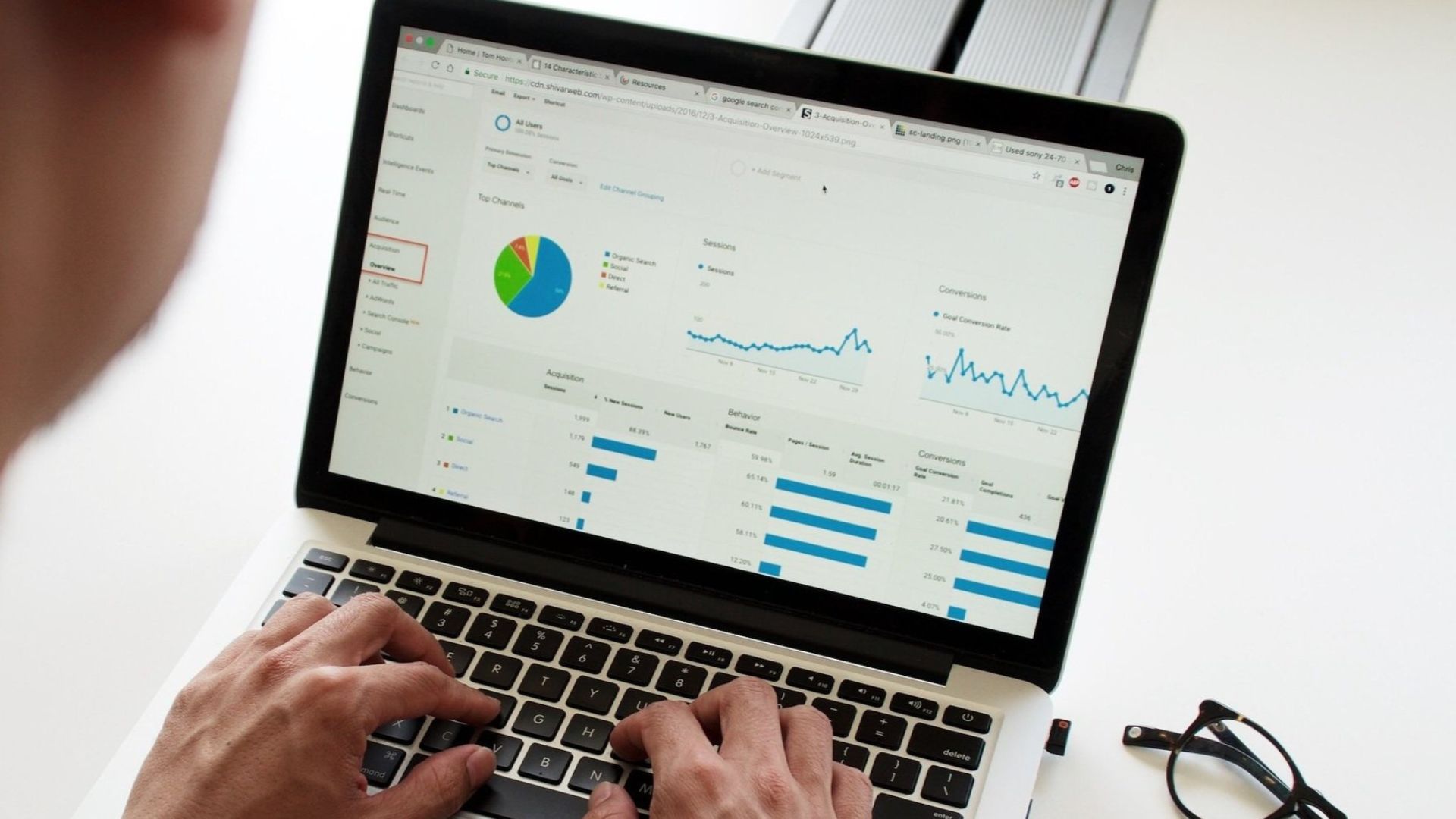Using a website monitoring tool for performance tracking offers numerous benefits for businesses. Here are some key advantages of implementing a website monitoring tool:
- Real-time Performance Monitoring: A website monitoring tool provides continuous performance monitoring, tracking various performance metrics such as page load times, response times, and server uptime. This real-time monitoring allows businesses to identify and address performance issues promptly, minimizing downtime and ensuring a smooth user experience.
- Improved User Experience: With a website monitoring tool, businesses can gain insights into how their website performs from the user’s perspective. By monitoring performance metrics, businesses can optimize their website to provide fast load times, improve navigation, and enhance overall user experience. This helps reduce bounce rates, increase user engagement, and boost conversion rates.
- Early Detection of Performance Issues: A website monitoring tool alerts businesses whenever performance issues arise, allowing them to take immediate action. Early detection of issues, such as slow loading pages or errors, enables quicker troubleshooting and resolution, preventing potential revenue loss or damage to the brand’s reputation.
- Performance Benchmarking: Website monitoring tools often offer performance benchmarking features that allow businesses to compare their website’s performance against industry standards or competitors. This helps identify areas for improvement and set performance goals to stay competitive in the digital landscape.
- Historical Performance Analysis: Website monitoring tools gather historical data on website performance, allowing businesses to track performance trends over time. By analyzing this data, businesses can identify patterns, spot long-term performance issues, and make informed decisions regarding optimizations or infrastructure upgrades.
- Performance Reporting: Most website monitoring tools provide performance reports and dashboards that summarize performance metrics and trends. These reports help businesses understand the overall health of their website, present data to stakeholders, and make data-driven decisions for future improvements.
- SEO Optimization: Website performance is a critical factor for search engine optimization (SEO). Search engines consider page load times as a ranking factor, and a slow website can impact organic visibility. By monitoring and optimizing website performance using a website monitoring tool, businesses can improve their search engine rankings and attract more organic traffic.
- Cost and Resource Optimization: Monitoring website performance helps businesses identify underutilized or resource-intensive areas, such as inefficient code, plugins, or server configurations. By optimizing these aspects, businesses can improve performance, reduce costs associated with unnecessary resources, and ensure optimal utilization of existing infrastructure.
In conclusion, using a website monitoring tool for performance tracking empowers businesses to ensure a superior user experience, address performance issues promptly, and optimize their website’s performance. By regularly monitoring and analyzing performance metrics, businesses can make data-driven decisions, improve conversion rates, enhance brand reputation, and provide a smooth online experience for their users.










